Trips and Bases
Local Options
BSA High Adventure Bases
Summit
Philmont
Northern Tier
Sea Base
Local Options
Illinois and Missouri offer a variety of options for outdoor adventure, especially southern IL and MO. Many of these are fine venues in themselves, but they can also be good preparation for trips to more remote areas and the BSA high adventure bases. Even a campout at a local campground can be used to build high adventure skills.
- Rock climbing in southern IL and MO
- Canoeing on MO rivers
- Hiking the Ozark trail
- Biking the Katy Trail
- Kodiak at S-F Scout Reservation
For information on local options, go to:
- IL Dept. of Natural Resources:
- MO Dept. of Conservation
- Local gear shops, especially REI and Alpine Shop
- Trailnet
- Great Rivers Greenway
BSA High Adventure Bases
BSA runs four high adventure bases, each offering a very different high adventure experience. Scouts who participate in the programs at three of these bases earn the Triple Crown award; Scouts who participate in all four programs earn the Grand Slam award.
There are minimum ages for each base, generally 14 years and older, or 13 and completed 8th grade, however check the specifics at each base.
Note that getting there is part of the adventure. Look for fun things to do along the way, and fun ways of getting there. To/from travel can be one of the biggest expenses, so look for ways to save money. Note that many Scout camps allow Troops to stay overnight en route to their destinations. These can be found with a quick google search, followed by a call to the local council.
Summit
Summit Bechtel Reserve is a high adventure camp in West Virginia that offers a wide variety of activities ranging from shooting sports, rock climbing, and BMX bikes, to zip lines and river rafting. The Summit Experience program is a good week-long introduction to high adventure. Summit Reserve is also where jamborees are held.
- Summit website
- Getting there: Summit is approximately 9 hours of drive time from the St. Louis area, which can be done in one day.
- Gear: The gear requirements for Summit are minimal, as participants sleep tents and cots provided by the base, and eat in the dining hall.
- Preparation: extensive physical or skills preparation are not required for Summit, though Scouts should be in relatively good shape.
Philmont
Philmont offers backpacking adventures on its 140,000 acres in the mountains of New Mexico. Crews backpack between both staffed and trail camps. Various activities are offered at the staffed camps, ranging from tours of homesteading cabins and a gold mine, to rock climbing, burro racing, and shooting. A variety of 7 and 12-day treks are available, with varying levels of mileage and difficulty. For photos and videos of previous Philmont treks, click here.
- The “Treks” section of the Philmont website has a comprehensive set of planning information, from trek information, planning guide, gear lists, etc.
- Registration: Registration for summer crews begins in late October, 18 months before a given summer. In December, the Lottery determines actual trek assignments.
- Tooth of Time Traders
- Getting there (and back):
- Philmont is over 14 hours of drive time from the St. Louis area. According to BSA rules, this drive must be made over 2 days.
- For those who want to fly, Albuquerque is approximately 3 hours from the base. Remember that you will need to rent a vehicle to get to the base.
- A fun, relatively inexpensive, way to get there is Amtrak, which drops crews in Raton, NM, and a shuttle bus from the base picks them up.
- Preparation for Philmont consists of:
- Fairly rigorous physical preparation is necessary in order for trekkers to carry the heavy packs at the base elevations (6,000 to 12,000 feet) for the distances (up to 100 miles or more). Crews should start with simple hikes, and build up to several-day hikes with fully-loaded backpacks.
- Crews will also need to know skills such as cooking on a backpacking stove; leave no trace principles; how to set up a bear bag; and orienteering/map reading.
- Gear: the required gear for Philmont is extensive, and includes backpack, waterproof hiking boots, lightweight sleeping bag and pad, proper clothing, and miscellaneous gear such as water bottles, eating utensils, etc. For an official Philmont gear list, download it from here.
Northern Tier
Northern Tier offers canoeing adventures on millions of acres of pristine lakes, meandering rivers, dense forests and wetlands in Northern Minnesota, Northwest Ontario and Northeast Manitoba, starting from three bases. Trekkers pack all their gear in their canoes, and paddle and portage across any number of the thousands of lakes in the area. Winter adventures are also available. Treks are usually 7 to 9 days in length; trip routes and lengths are chosen by the crew. For videos of previous trips, and also for short, informative videos on topics such as packing and canoe portaging, visit their videos website.
- To start planning your trek, visit the Northern Tier trip planning website. The first step is to choose which base to go out of. Trips out of the Canadian bases will require all participants to have passports. This website also has all the trip planning information you will need, including gear lists, food, required training and documents, etc.
- Registration: Registration for summer crews begins in early January, approx. 15 months before a given summer.
- Northern Tier Trading Post
- Getting there (and back):
- The Northern Tier bases are approximately 12 to 14 hours of drive time from the St. Louis area, which must be done over 2 days.
- Duluth, MN is the closest airport, and is approximately 2 hours from the Ely base. Minneapolis is the next closest, and is approximately 4 hours from the Ely base. The Atikokan base is several hours further north.
- Preparation for Northern Tier consists of:
- Good physical preparation is essential for Northern Tier treks. Trips involve paddling many miles, and portaging heavy packs and canoes across rugged terrain. Both cardiovascular and strength training are needed.
- Participants must be able to swim.
- Crews will need to know at least basic canoeing skills and safety. Portaging procedures are taught at the base.
- Crews will also need to know skills such as cooking on a backpacking stove; leave no trace principles; how to set up a bear bag; and orienteering/map reading.
- Gear: the required gear for Northern Tier is fairly extensive, and includes non-waterproof hiking boots, lightweight sleeping bag and pad, proper clothing, and miscellaneous gear such as water bottles, eating utensils, etc. For an official Northern Tier gear list, download it from the trip planning website for the specific trek you will be going on.
Sea Base
Florida Sea Base operates 20 adventures from six locations, in the Florida Keys, the Bahamas, and the U.S. Virgin Islands. The adventures include sailing, scuba diving, fishing, STEM, and the Out Island adventure, where participants paddle canoes out to a remote island, camp there, and participate in snorkeling, kayaking, and fishing. Trips vary in length, depending on the activity. For video tours and for short, informative videos on topics such as packing, visit their videos website.
- The first step is to choose the type of adventure you want. For information, go to the Adventures page.
- Registration: Registration for summer crews begins in early January, approx. 15 months before a given summer.
- For trip planning, go to the Sea Base Resources page, in particular the Participants Guide for the trip you will be taking.
- Sea Base Ship Store.
- Getting there (and back):
- Depending on the base, drive time to Sea Base is at least 19 hours from the St. Louis area, which makes for a LONG two days of driving.
- There are a number of airport options: Miami, Ft. Lauderdale, Key West, or even Ft. Myers. Drive time from these airports to the bases can vary, from 2 hours to 5 hours, depending on the airport and the base.
- Preparation for Sea Base depends largely on the type of trip, although good swimming ability is essential for all trips.
- For trips involving snorkeling or scuba, learning basic snorkeling skills is advisable. Scuba certification can be done on the trip, however if crews get certified prior to the trip, more time can be spent on actual diving.
- Other skills that are useful are paddling, cooking, leave no trace, etc.
- The list of basic required gear for Sea Base is fairly short: reef-safe sunscreen, water shoes, and a hammock. Specialized equipment such as fishing, snorkel, and scuba gear is either provided or may be rented.
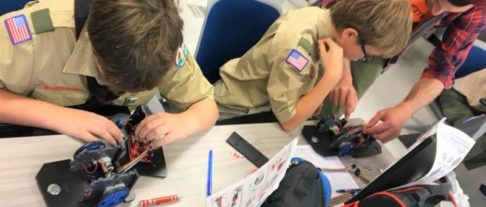
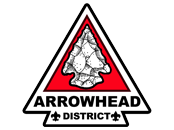
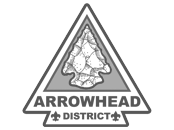 Arrowhead
Arrowhead
 Big Muddy
Big Muddy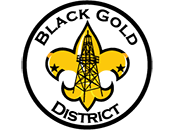
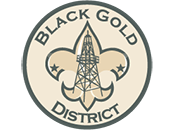 Black Gold
Black Gold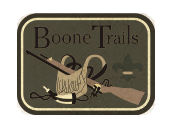
 Boone Trails
Boone Trails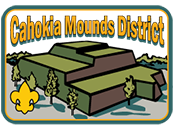
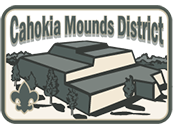 Cahokia Mounds
Cahokia Mounds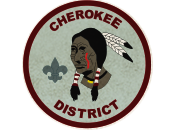
 Cherokee
Cherokee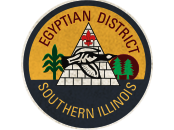
 Egyptian
Egyptian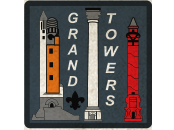
 Grand Towers
Grand Towers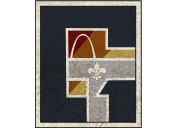
 Gravois Trail
Gravois Trail
 Illini
Illini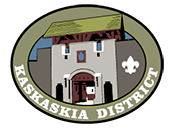
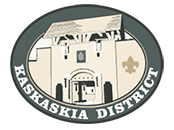 Kaskaskia
Kaskaskia
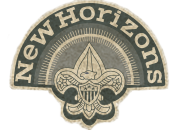 New Horizons
New Horizons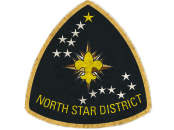
 North Star
North Star
 Osage
Osage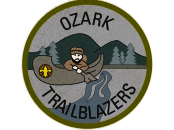
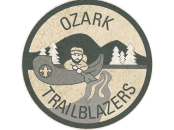 Ozark Trailblazers
Ozark Trailblazers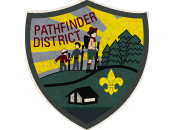
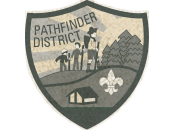 Pathfinder
Pathfinder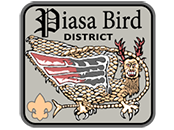
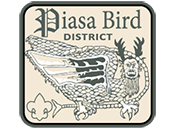 Piasa Bird
Piasa Bird
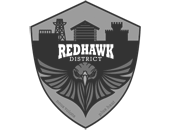 Redhawk
Redhawk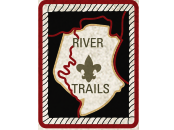
 River Trails
River Trails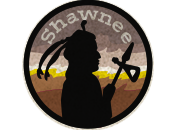
 Shawnee
Shawnee
 Sioux
Sioux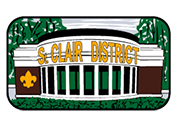
 St. Clair
St. Clair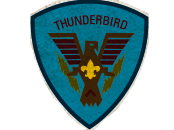
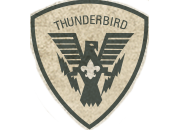 Thunderbird
Thunderbird
 Community
Community
